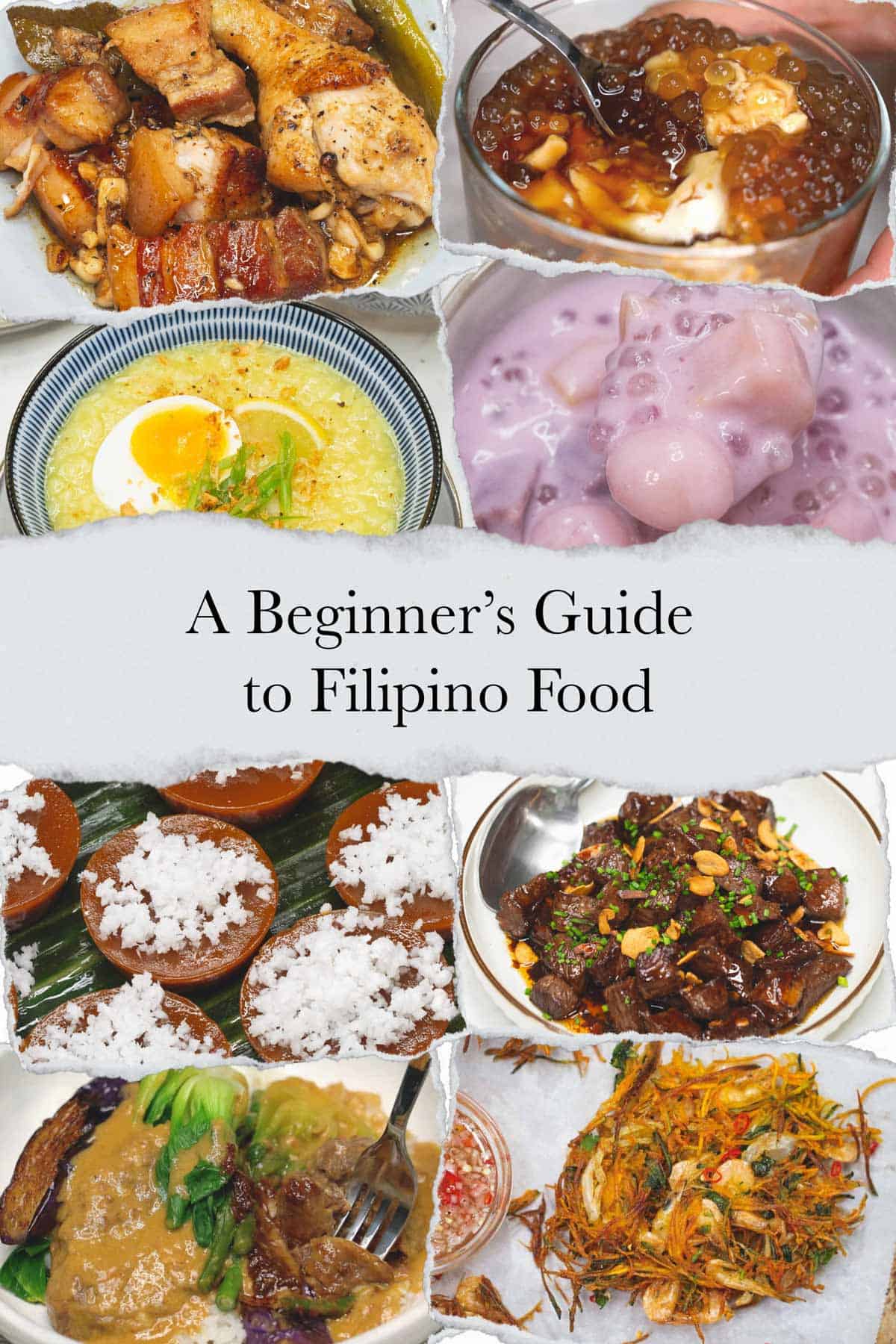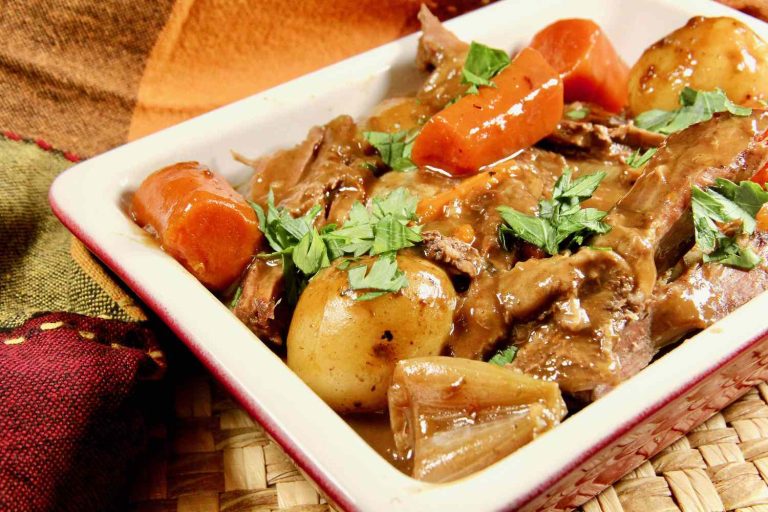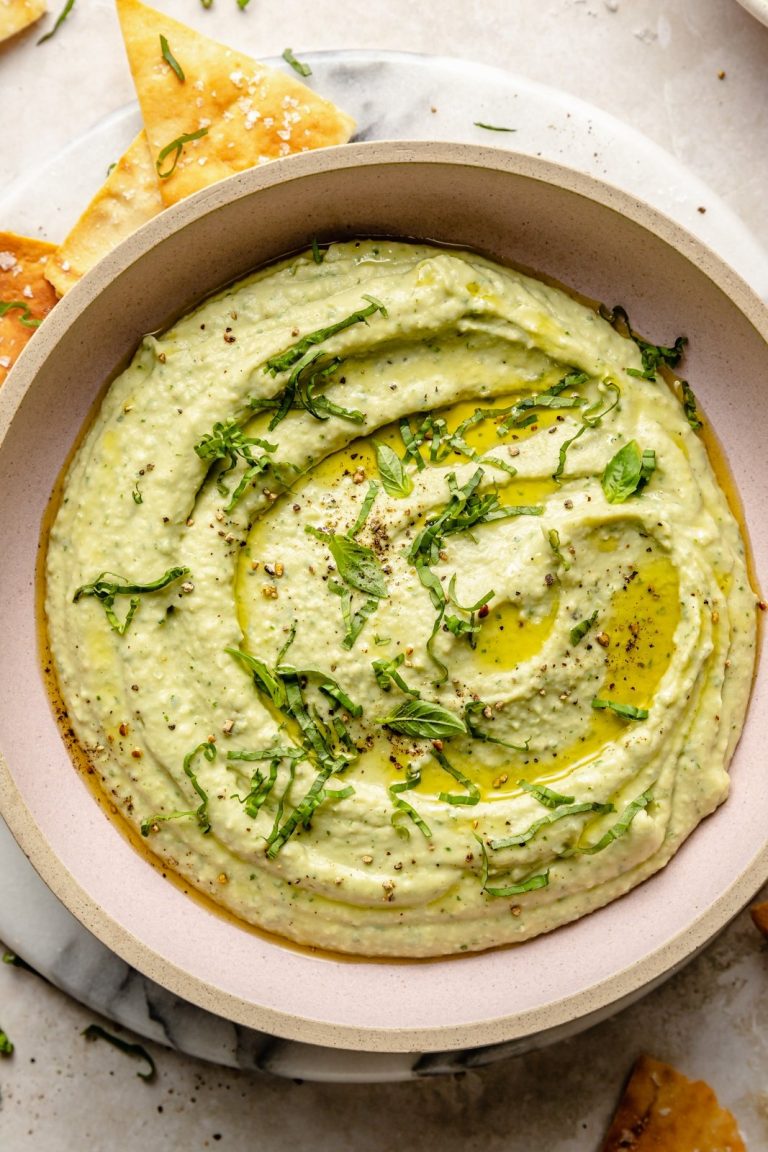Pochero: A Guide to the Filipino Stew with Spanish Roots and Perfect Pairings
Pochero is a traditional Filipino stew renowned for its rich, savory flavors. It’s crafted from a mix of tender meat, hearty vegetables, and unique spices. Pork, beef, or chicken often serve as the main protein sources. Common vegetables like potatoes, plantains, and green beans add depth to the dish. Unique spices such as garlic, onions, and bay leaves enhance its taste, creating a warm, comforting experience in every bowl.
The Origin of Pochero
Pochero has its roots in Spanish cuisine. During the colonial era, the Spanish introduced this dish to the Philippines, where it evolved to suit local tastes and ingredients. The Filipino version incorporates indigenous elements, making it distinct yet reminiscent of its Spanish origins. This fusion of culinary traditions symbolizes the blending of cultural influences, showcasing the rich history embedded in every serving of Pochero.
Key Ingredients in Pochero
Meats and Proteins
Pochero’s core ingredient features various meats. Common choices include pork belly, chicken, and beef shank. Each meat brings its distinct flavor and texture. Pork belly adds a rich, fatty essence, while chicken offers a lighter, tender profile. Beef shank, with its collagen, provides a gelatinous texture and deep beefy taste. Often, chorizo de Bilbao, a Spanish sausage, enhances the dish’s savory notes, contributing to its hearty nature.
Vegetables and Broth Components
The vegetables used in Pochero include a mix of root and non-root types. Potatoes, saba bananas (plantains), and carrots bring a starchy sweetness, making the stew hearty. Alongside these, cabbage and pechay (Filipino bok choy) offer a delicate, leafy contrast.
For the broth, tomato sauce serves as a base, giving a tangy, rich foundation. Adding tomato paste can boost the flavor intensity. Onions, garlic, and bay leaves also play crucial roles, infusing the broth with aromatic depth. These ingredients together create a balanced and flavorful Pochero, reflecting both Spanish and Filipino culinary influences.
Cooking Techniques for Perfect Pochero
Preparation of Ingredients
Properly preparing ingredients is crucial for perfect Pochero. Start by selecting fresh, high-quality meats such as pork belly, chicken, and beef shank. Clean and cut the meats into uniform pieces to ensure even cooking. Peel and chop vegetables including potatoes, carrots, cabbage, and saba bananas. Soak the saba bananas in water to prevent them from browning.
Create the spice blend by finely chopping onions and garlic. Measure tomato sauce and tomato paste. Crumble bay leaves to release their aroma. Use these prepared ingredients for a consistent flavor profile.
Cooking Sequence and Timing
Follow the correct cooking sequence to achieve a rich, balanced Pochero. Begin by searing the meats in a large pot to lock in their flavors. Remove and set aside. Sauté the onions and garlic in the same pot until fragrant, then add the tomato sauce, tomato paste, and bay leaves. Return the meats to the pot and add enough water to cover them. Simmer until the meats are tender, usually around 1-2 hours.
Introduce the vegetables in stages based on their cooking times. Add potatoes and carrots first, simmering for 20 minutes. Incorporate the cabbage next, cooking for another 10 minutes. Lastly, add the saba bananas and pechay, cooking until just tender. This staged approach ensures all components retain their texture while melding flavors harmoniously.
Regional Variations of Pochero
Filipino Pochero
Filipino Pochero combines a mix of local ingredients and culinary techniques. You’ll find variations depending on the region, each with unique twists while keeping the core elements. In Luzon, potatoes, saba bananas, and pork belly are common. Some regions add chorizo or chickpeas to the mix. The Visayas region features beef or chicken and starchier vegetables. In Mindanao, you might encounter a spicier version, incorporating local spices and seasonings.
Spanish Potaje
Spanish Potaje is the foundation of Pochero and has its own variations. Potaje usually includes ingredients like chickpeas and chorizo, which are staples in Spanish cuisine. The Spanish version focuses on a rich tomato-based broth flavored with garlic and onions. Traditional Potaje often uses vegetables like potatoes and green beans, offering a comforting and hearty meal. Regional differences can include choices of meats and additional spices, reflecting the diverse culinary landscape of Spain.
Pairing and Serving Suggestions for Pochero
Best Side Dishes
Complement the flavors of Pochero with side dishes that enhance its rich taste. Serve garlic rice to elevate the savory broth, adding a fragrant and flavorful base. Include fried plantains (or bananas) for a sweet contrast, balancing the stew’s hearty and savory components. Offer a fresh vegetable salad, using chopped tomatoes, cucumbers, and onions with a light vinaigrette. Pairing Pochero with traditional Filipino lumpia (spring rolls) provides a crunchy texture that blends well with the stew’s tender ingredients.
Wine Pairings
Select wines that complement the robust flavors of Pochero. Opt for a full-bodied red wine like a Cabernet Sauvignon, balancing the rich meat sauce and enhancing the stew’s deep flavors. Consider a fruity Rioja to introduce a hint of sweetness, aligning well with the dish’s savory elements. Choose white wines such as a Chardonnay if you prefer a lighter option, which pairs nicely with the vegetable components. For those who enjoy sparkling wines, a dry Champagne offers a refreshing contrast to Pochero’s richness.
Conclusion
Pochero is more than just a stew; it’s a culinary experience that bridges Spanish and Filipino traditions. By mastering the preparation techniques and understanding regional variations, you can create a dish that’s both hearty and flavorful. Pairing Pochero with complementary sides and the right wines elevates your dining experience, making it perfect for family gatherings or special occasions. Whether you’re in Luzon, Visayas, or Mindanao, or even inspired by Spanish Potaje, Pochero offers a versatile and satisfying meal that celebrates cultural heritage and culinary artistry.





